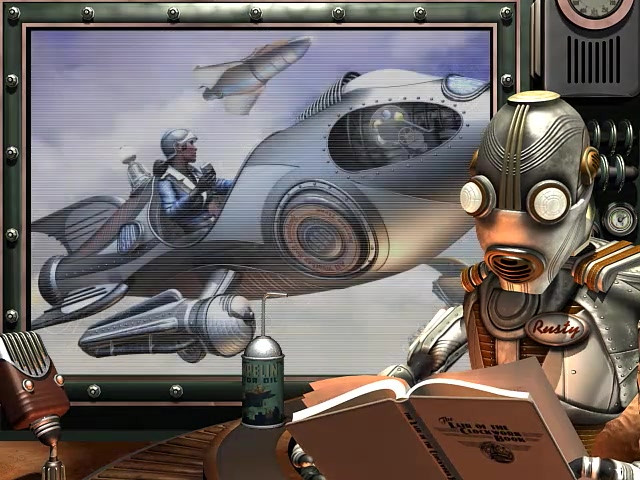HOME | DD
 BWS — The Difference Engines
BWS — The Difference Engines

Published: 2011-08-25 18:00:19 +0000 UTC; Views: 5353; Favourites: 79; Downloads: 0
Redirect to original
Description
This is one of the upcoming illustrations for my online serial "The Lair of the Clockwork Book", at Thrilling Tales of the Downright Unusual ( [link] ).Here we see the inventor Osgood Finnegan quite late in his career. He's standing in the middle of what he calls his Great Work, and it's safe to say that the Great Work seems to involve a lot of computation - because the room's full to brimming with difference engines, along with plenty of other mechanical devices whose purpose is even less obvious.
Related content
Comments: 14

I love the themes of your work- and all of this stuff is so masterfully detailed.
👍: 0 ⏩: 0

"Die Zeit Ihre Kunst, Das Kunst Ihre Freiheit." Spectacular addition.
Plus, I've got to say, as fascinating as the Difference Engines are I'm finding myself spending more time looking at the power system. I'm going to blame that on the fact that I'm re-reading Henry T. Brown's Five Hundred and Seven Mechanical Movements.
That, and I'm wondering where Osgood's tailor has his shop.
👍: 0 ⏩: 1

Oddly enough, I have that book. Maybe it shows 
👍: 0 ⏩: 0

This is a nice picture. It looks like this is some kind of mechanically-driven supercomputer, perhaps not unlike Charles Babbage's analytical engine (as it was intended to be at least).
One has to wonder what the world would've been like if Charles Babbage's analytical engine was completed during the 19th century. No doubt that it would've ushered in a new era of science, with computations possibly taking less time to complete as the analytical engine is further and further refined (and possibly miniaturized) to handle more and more complex tasks, in less and less time.
However, and this is assuming that the laws of physics are no different than our own universe's, as there is always going to be a drive for improving efficiency, once a way to harness electricity for useful purposes is discovered, someone would undoubtedly find a way to apply it to computing not long afterwards. By then, it's likely that our understanding of computer science would've been advanced enough to allow us to develop advanced electronic computers several decades ahead of our time.
Perhaps the development of Babbage's analytical engine would've also ushered in a new revolution in industrialization. Perhaps robotics would've become a reality by the later stages of the 19th century instead of the 20th century, and with it, the realization of more automated industrial complexes, with factories becoming more capable of producing large amounts of goods in less time, and with fewer human resources required, thanks to the usage of programmable machines, or robots.
👍: 0 ⏩: 1

It's not surprising that it should remind you of Babbage: these Difference Engines are based on a reconstruction of his Difference Engine #2.
👍: 0 ⏩: 0

Terrific work - has an almost steampunk feel with lots of interesting details.
👍: 0 ⏩: 0

Perhaps the guiding intellect behind the Clockwork book and other "thinking" machines of the later age?
👍: 0 ⏩: 0

Love your detail . Have you ever watched the movie " The Invisable Boy " from the 1950's ? Lame movie actually but Robby the Robot is in it and at the begining of it is a huge spinning WWII difference machine .
👍: 0 ⏩: 0

I like it , look around and found so many details 
👍: 0 ⏩: 0





























